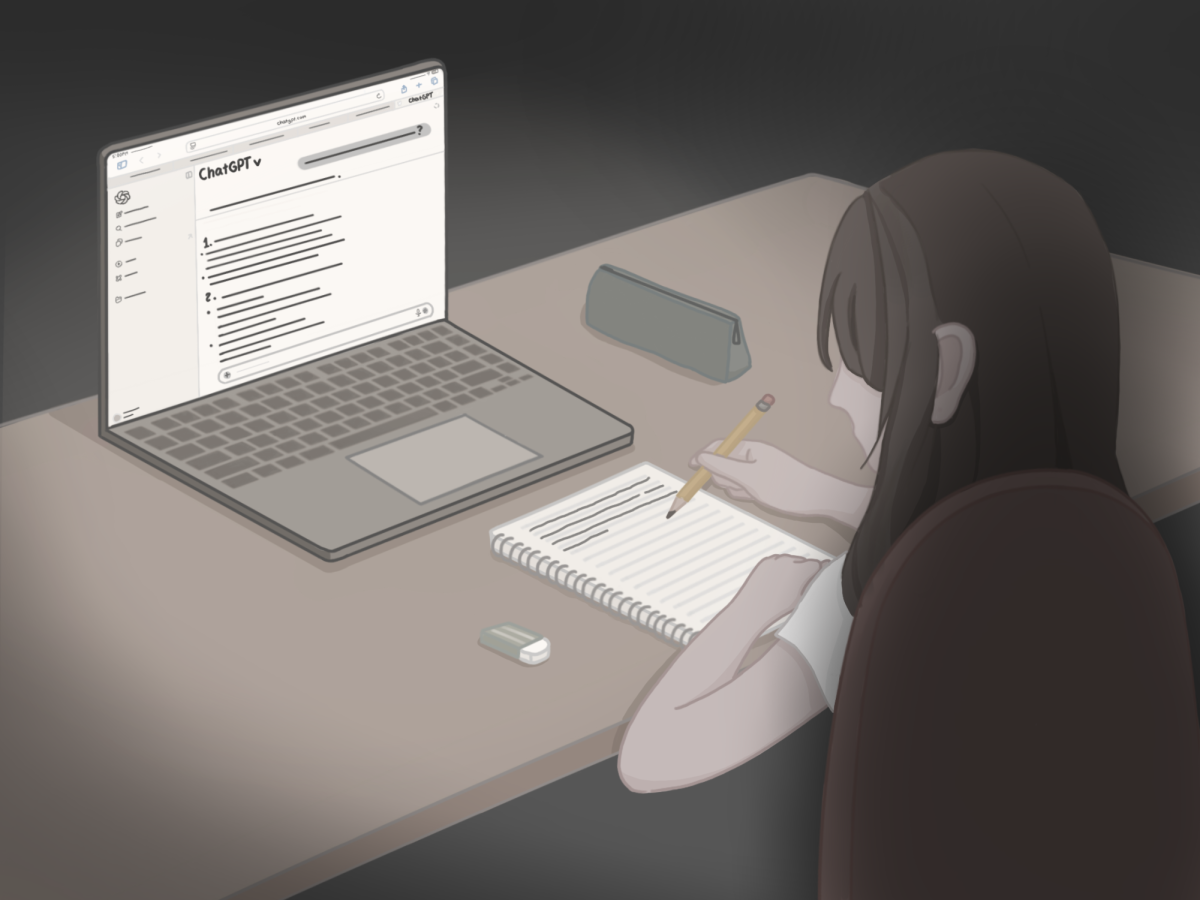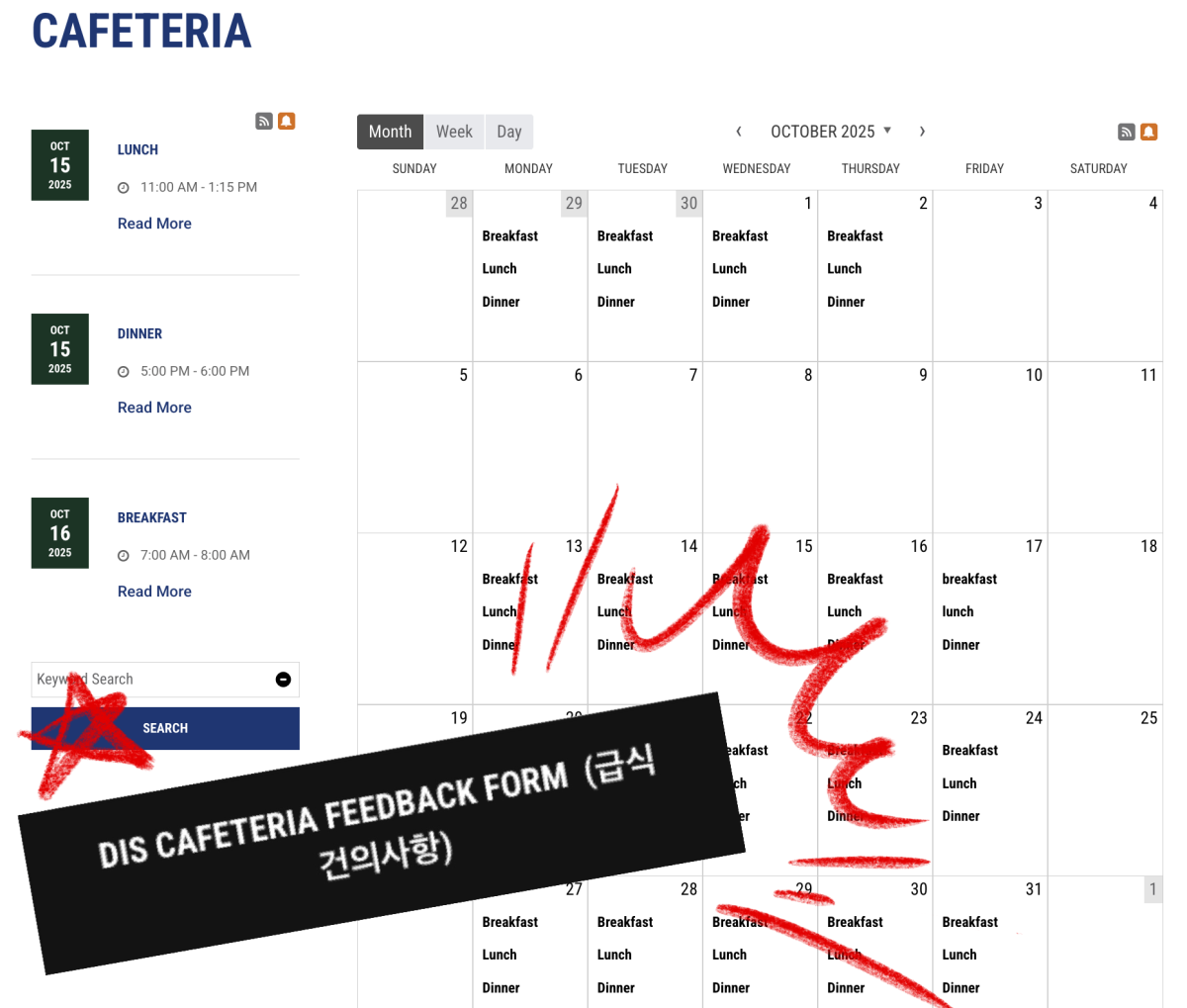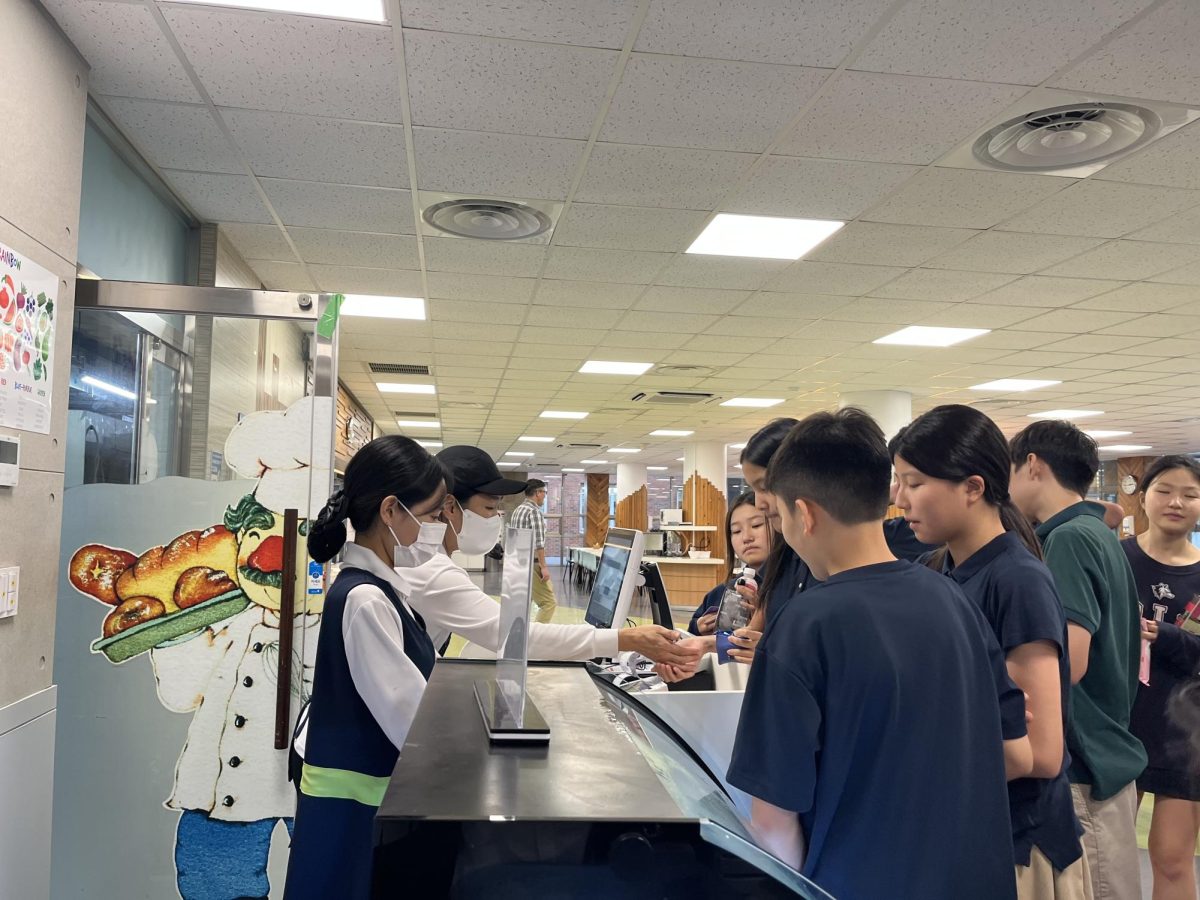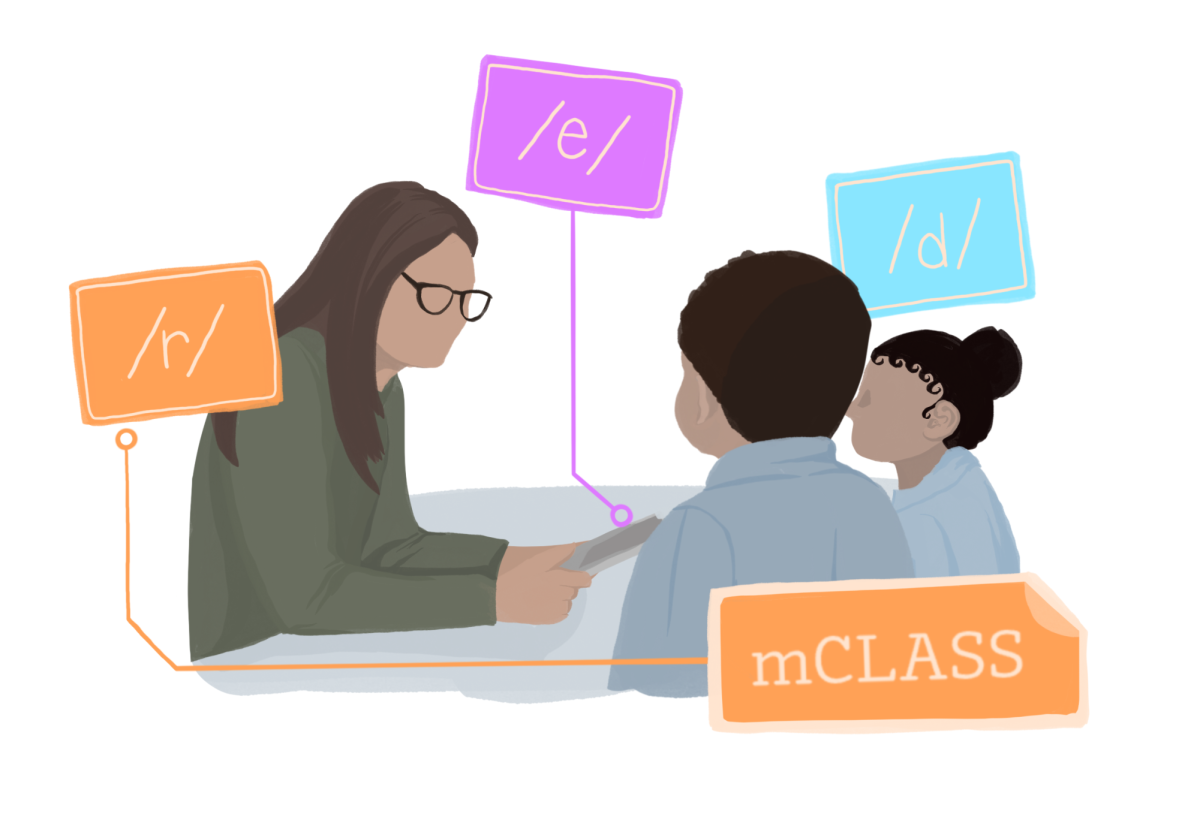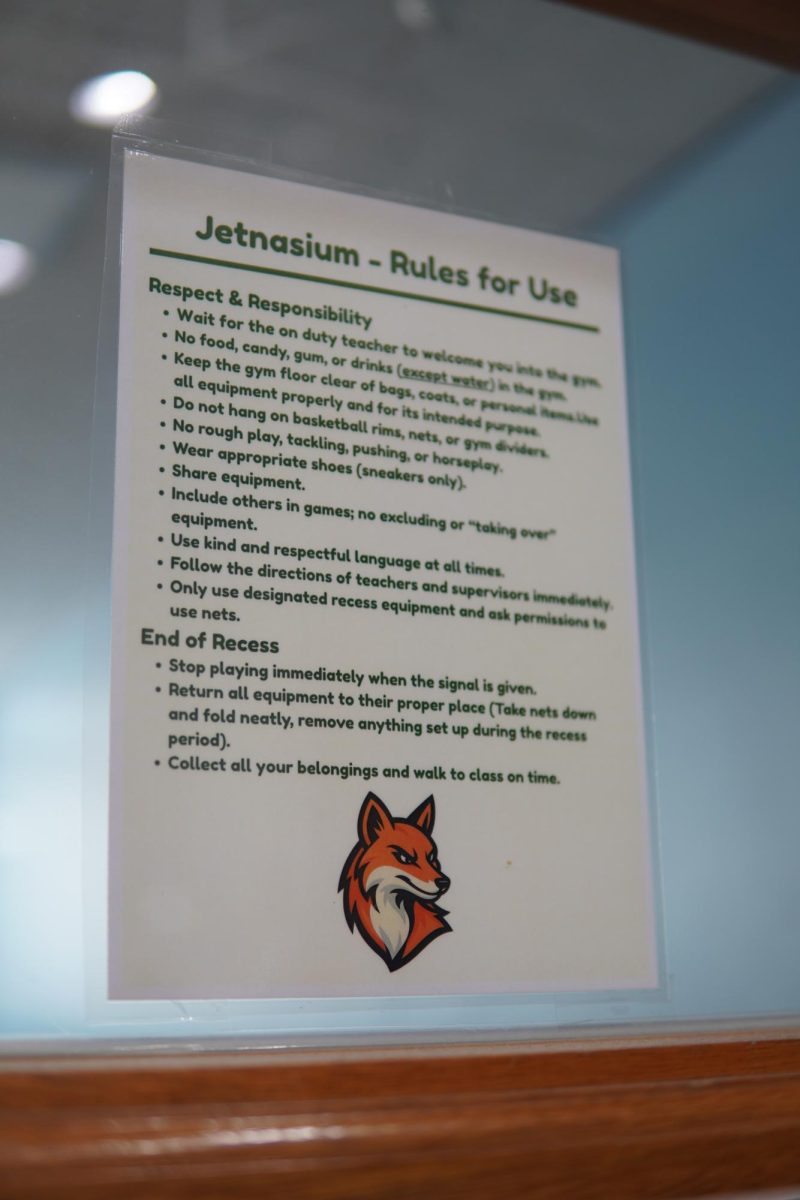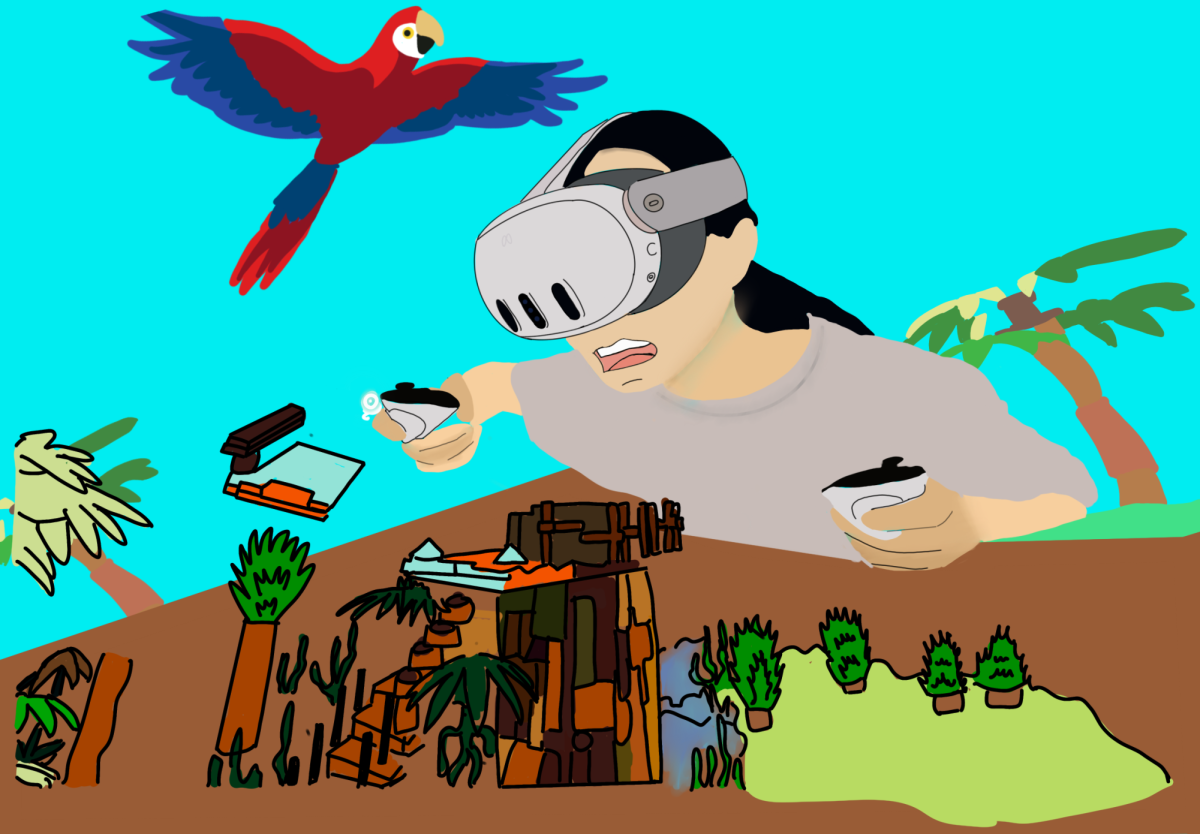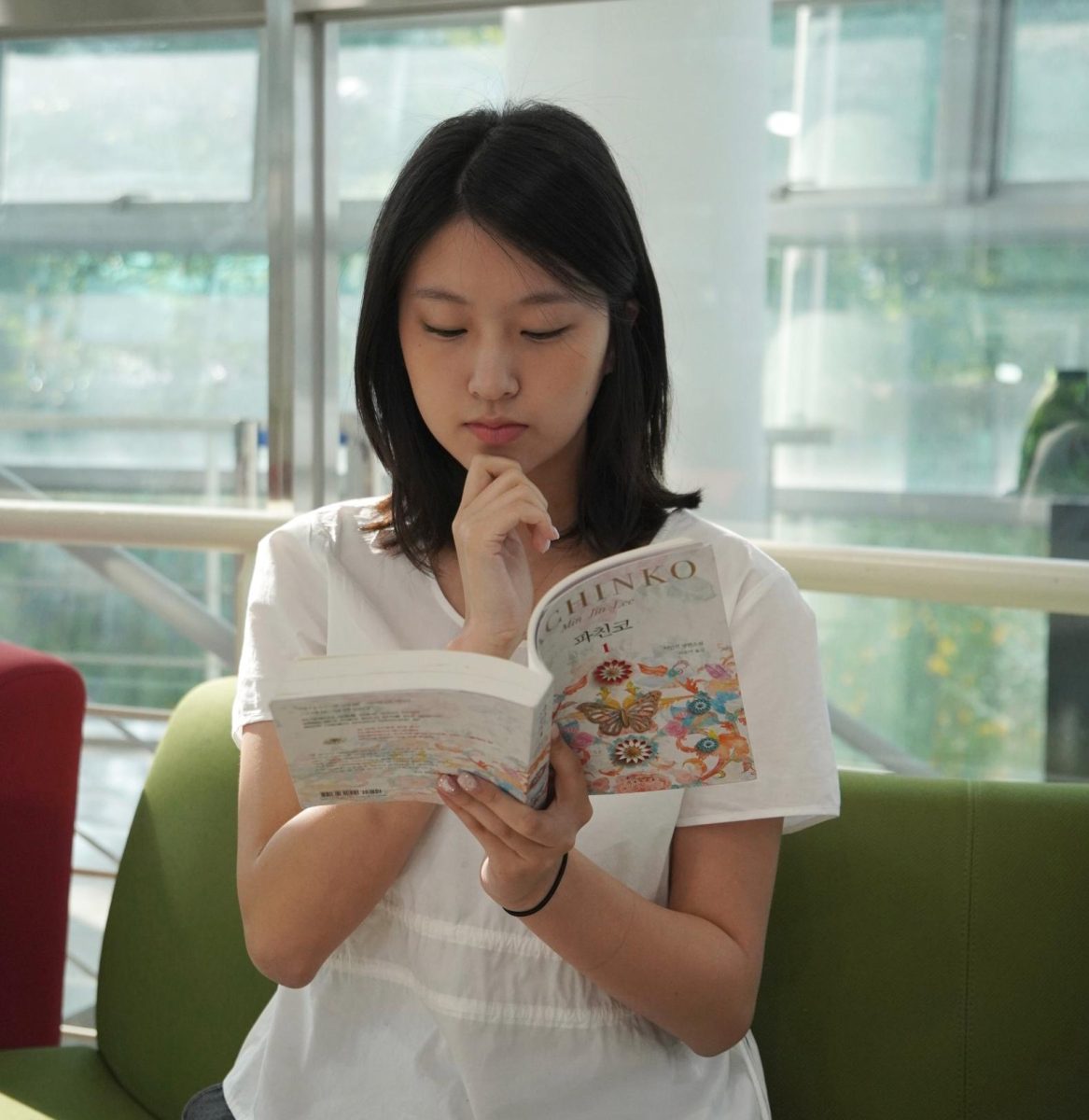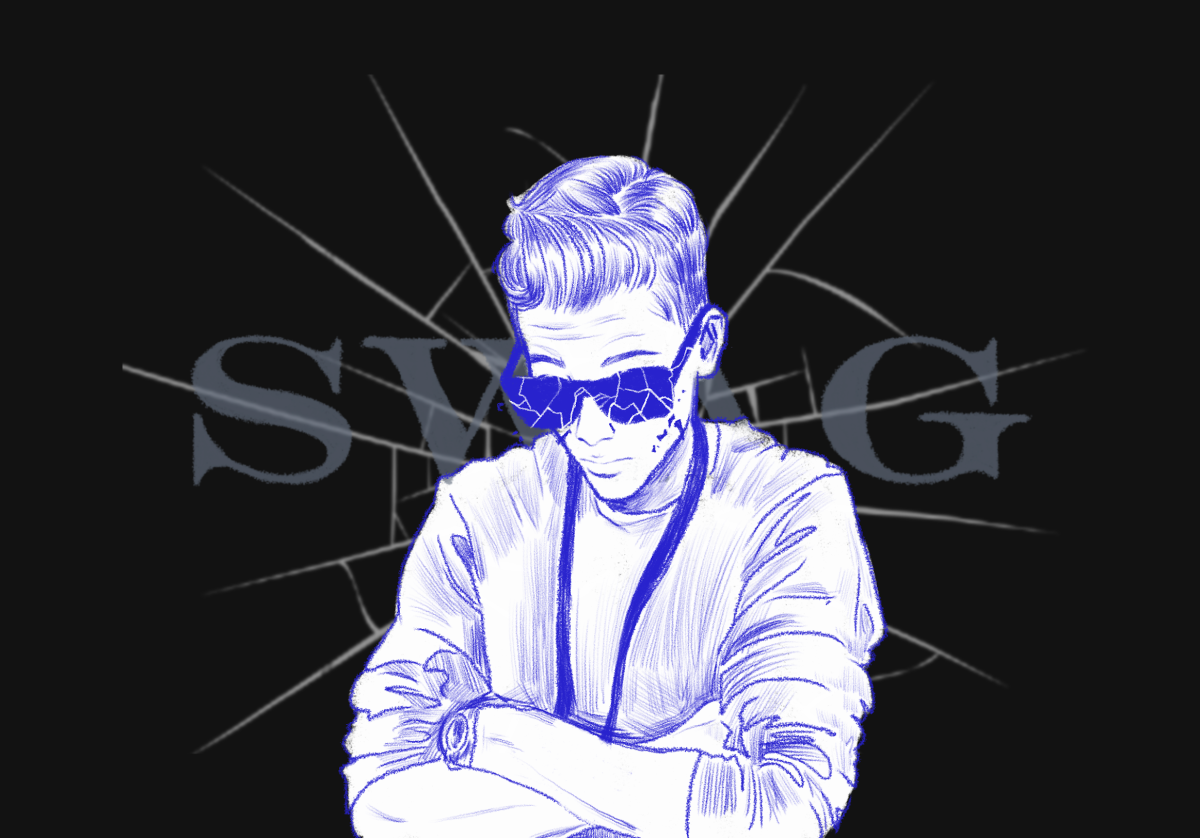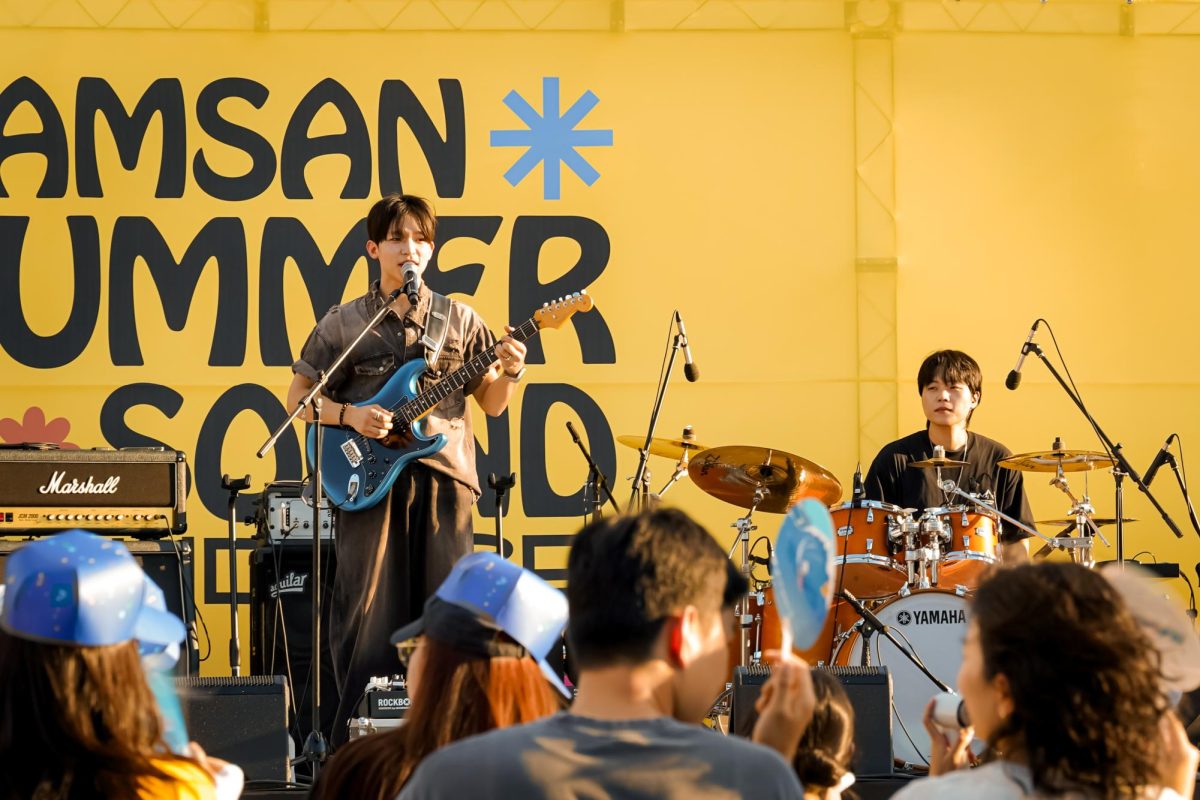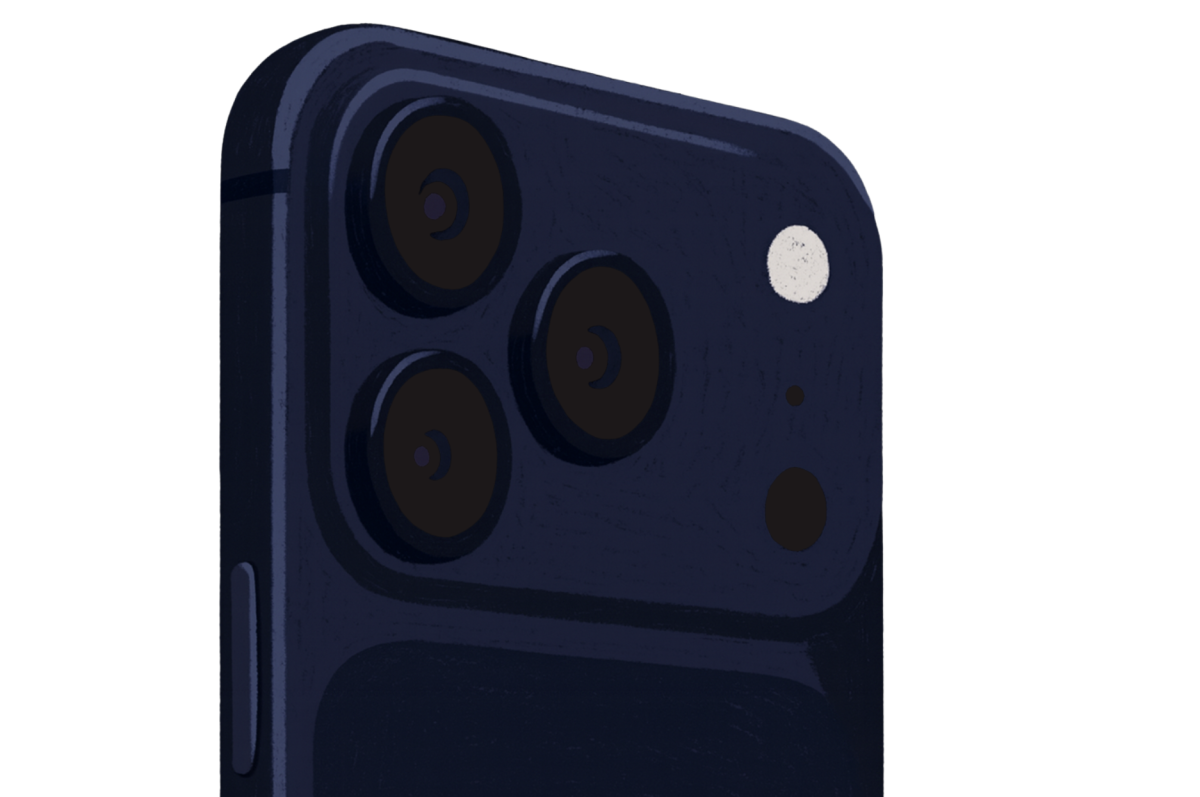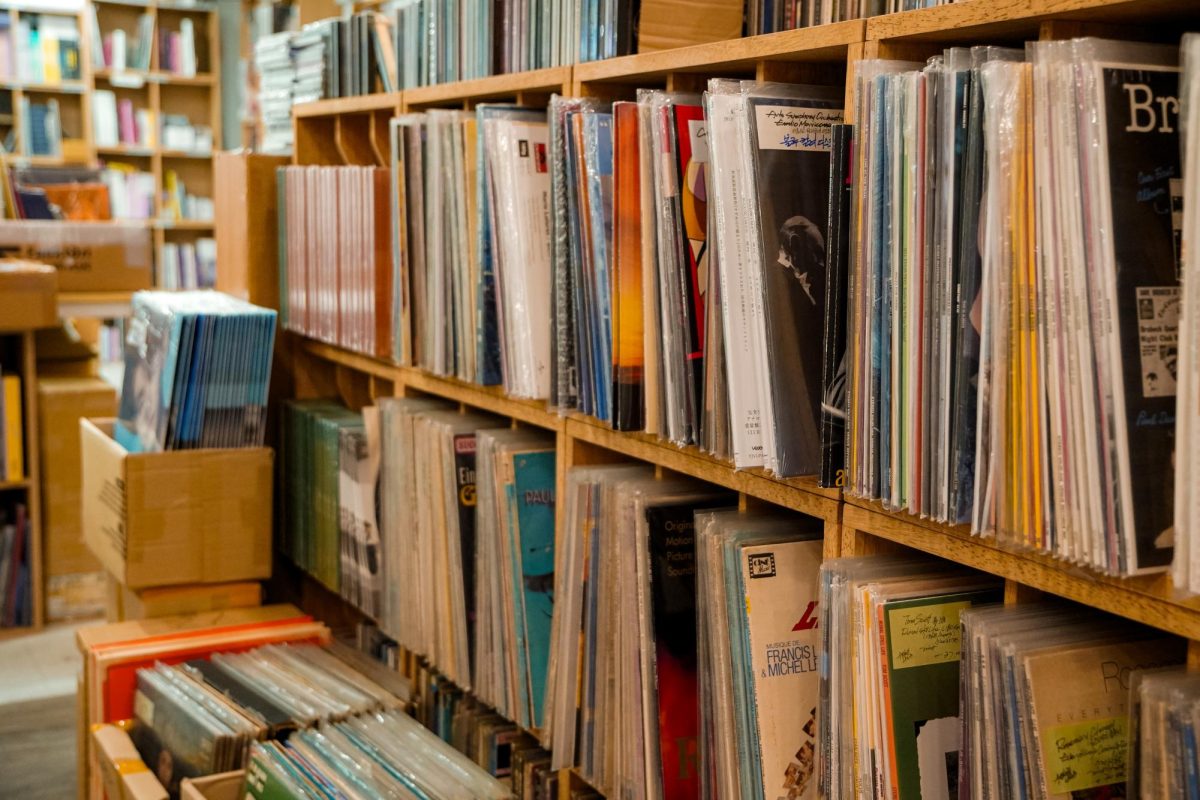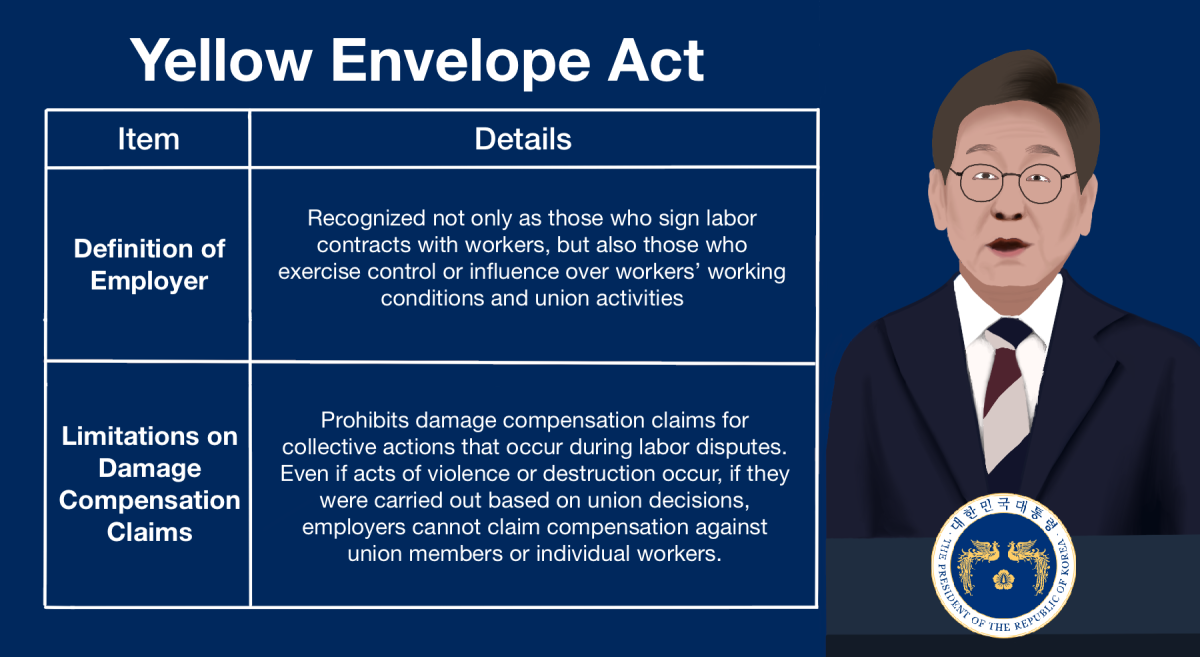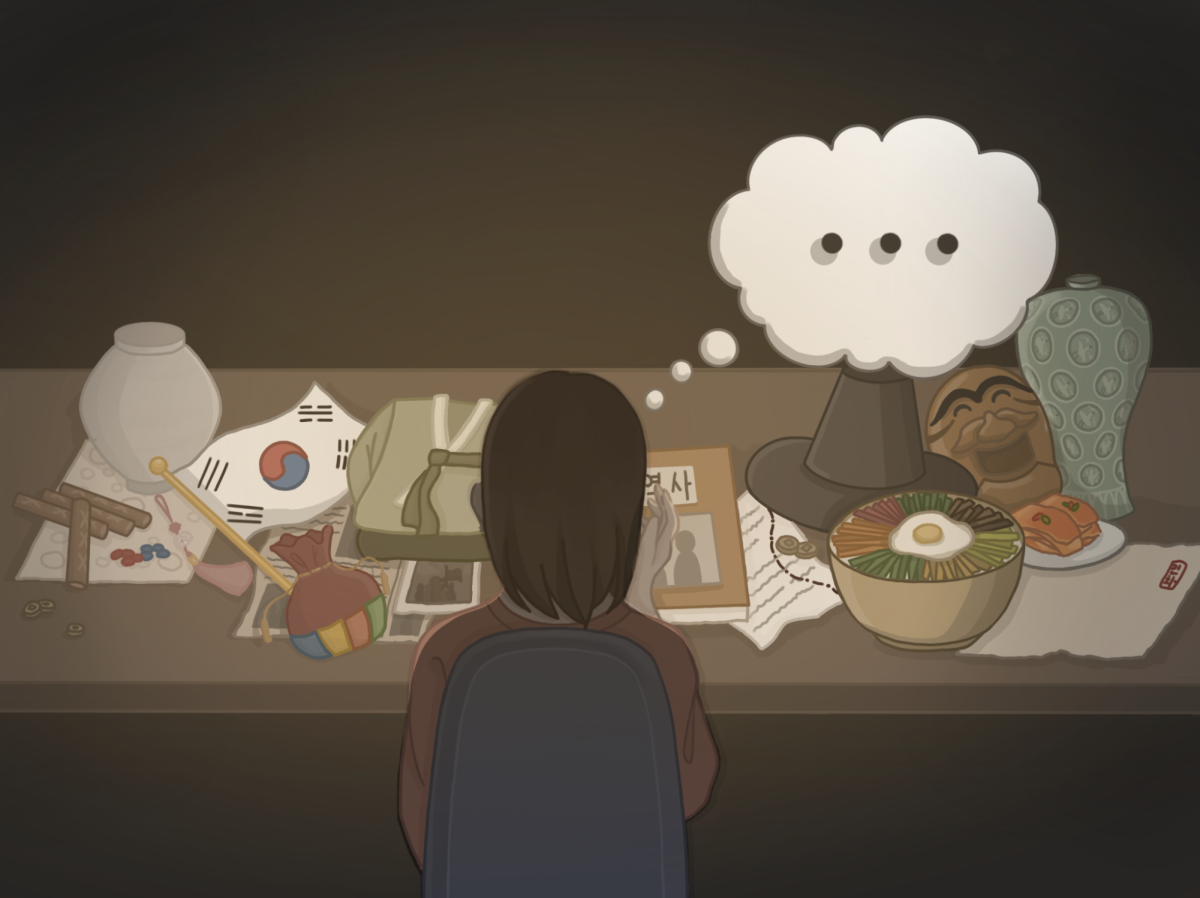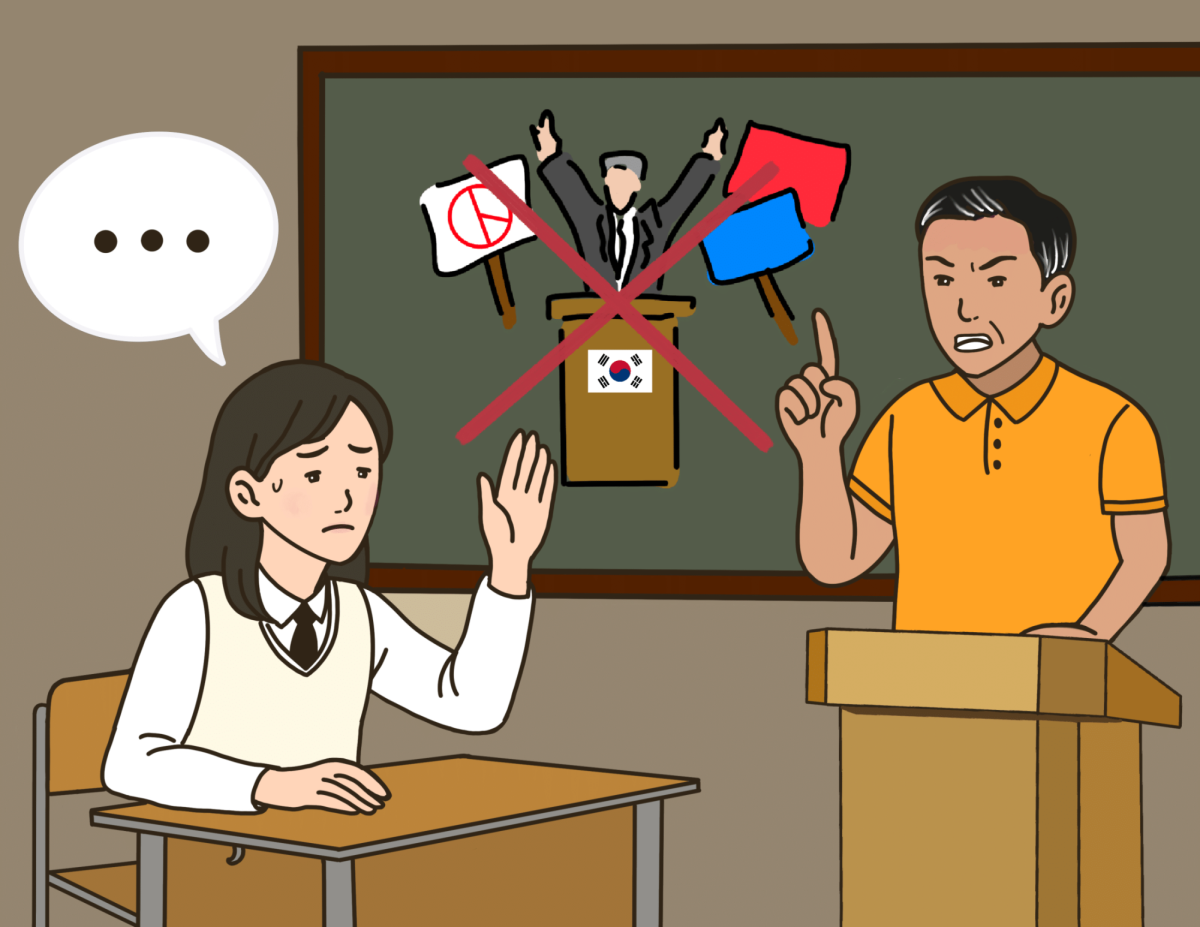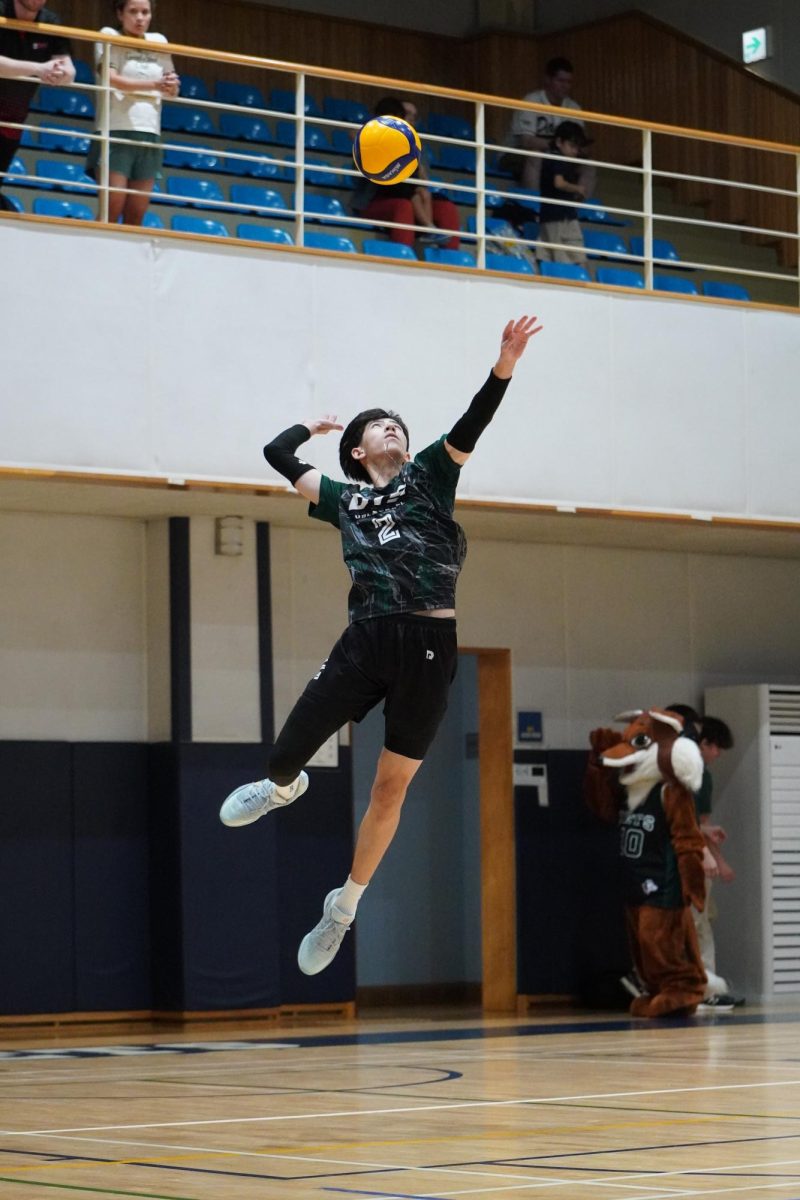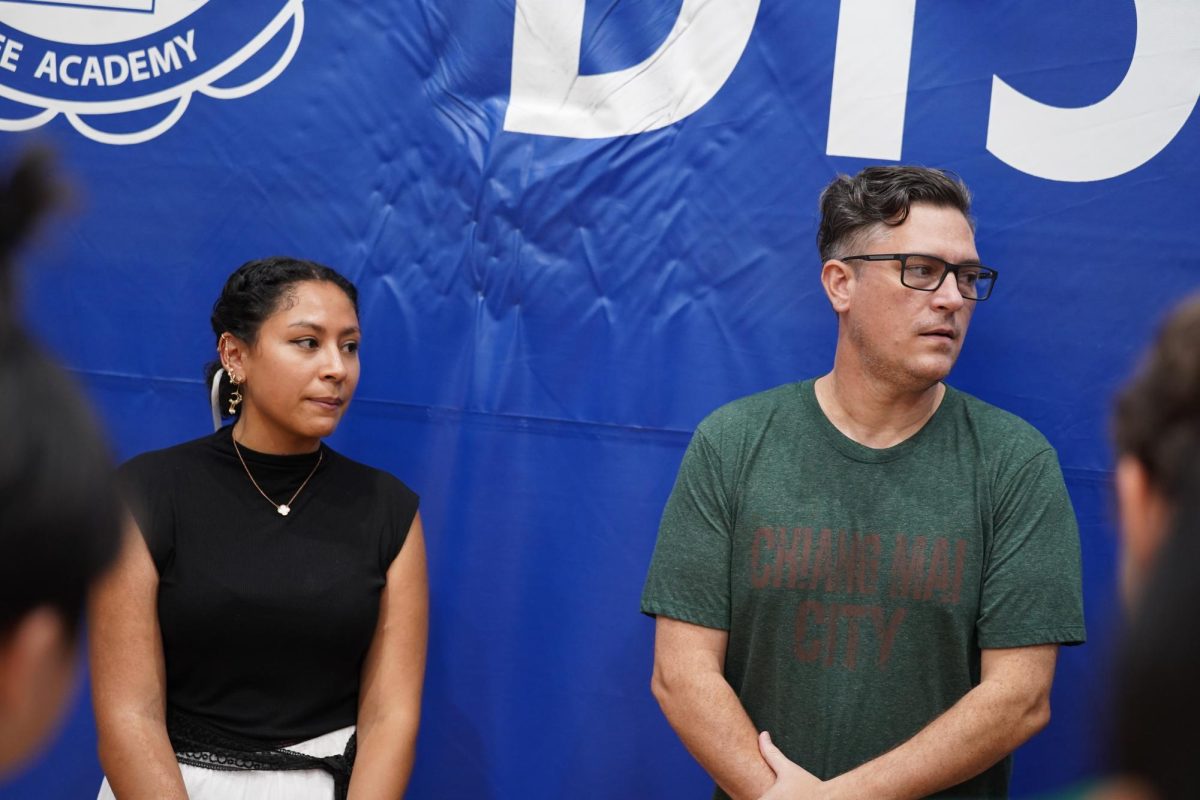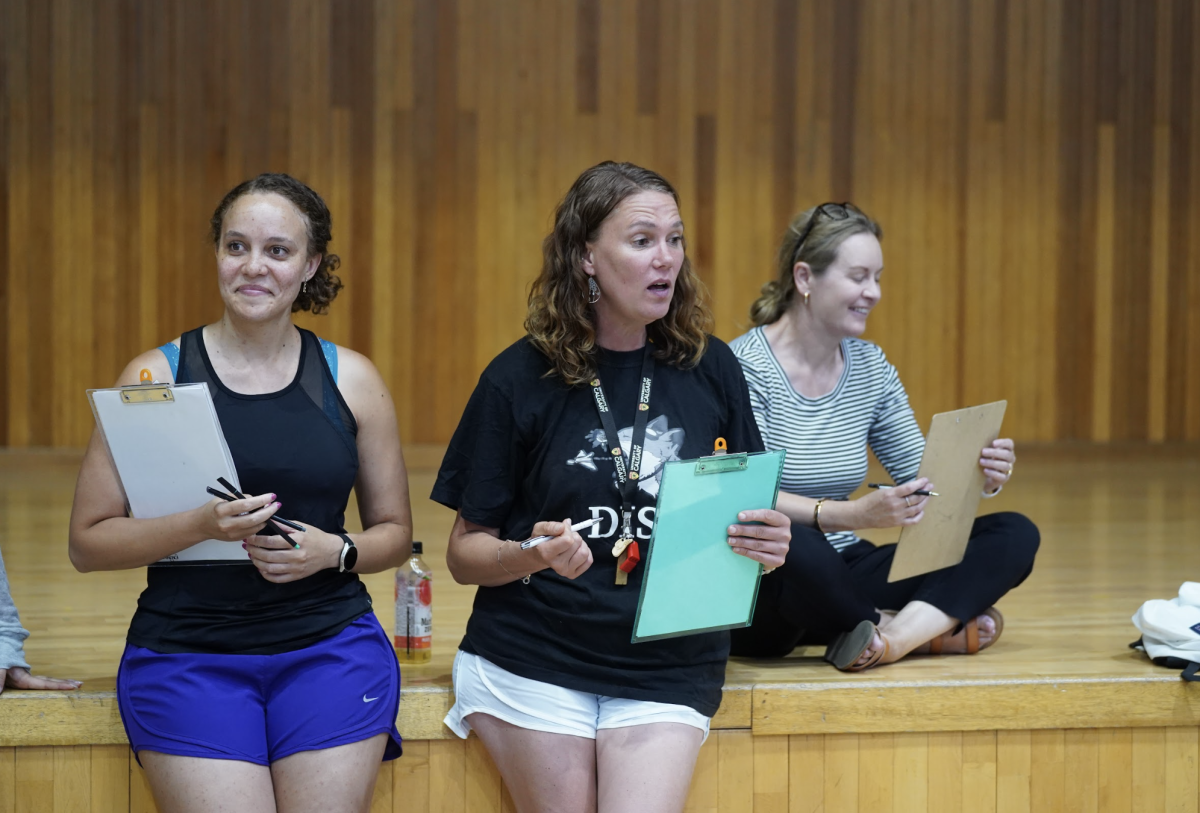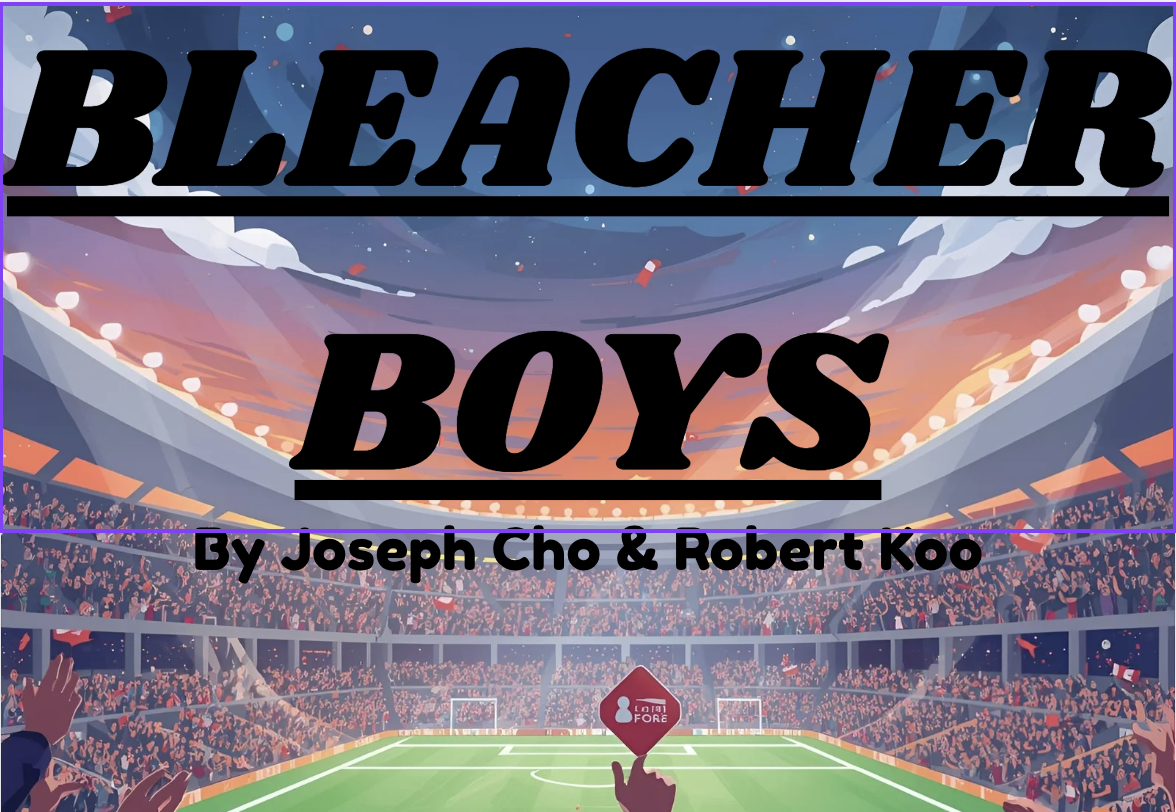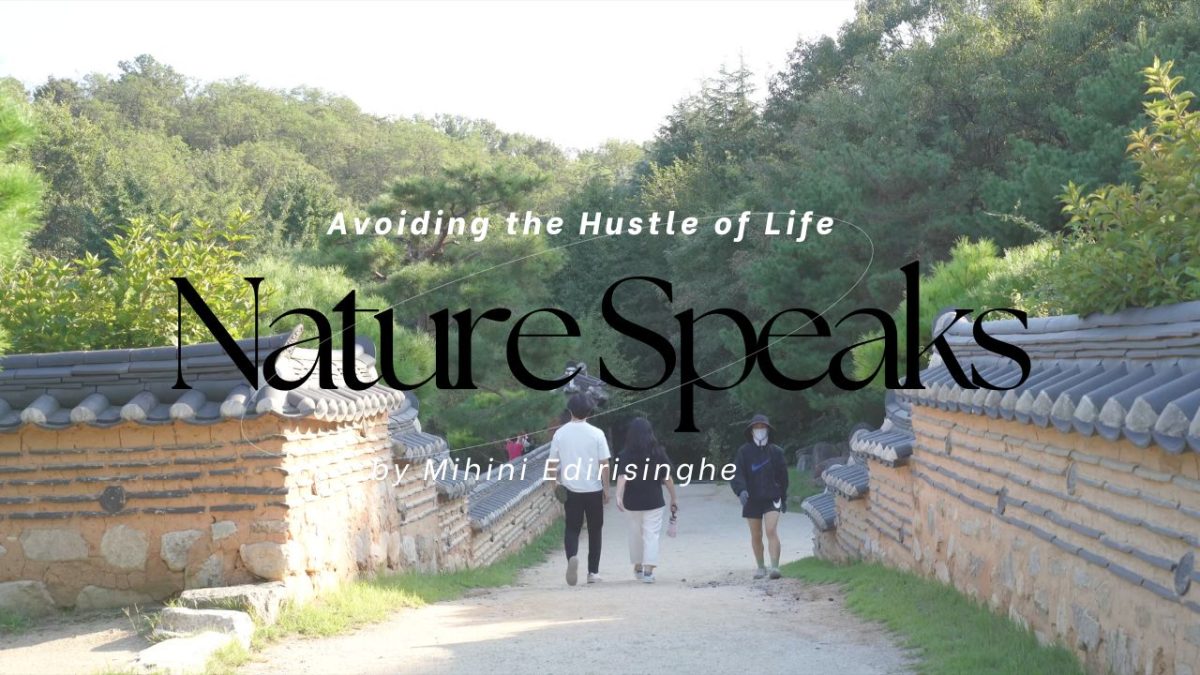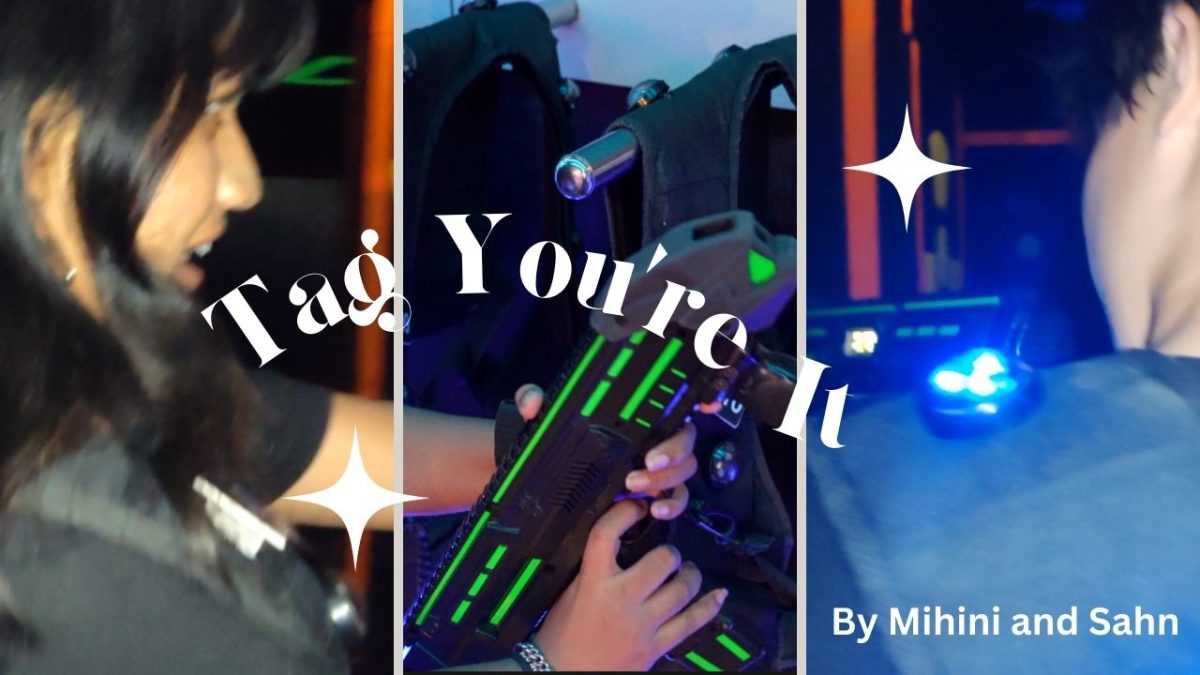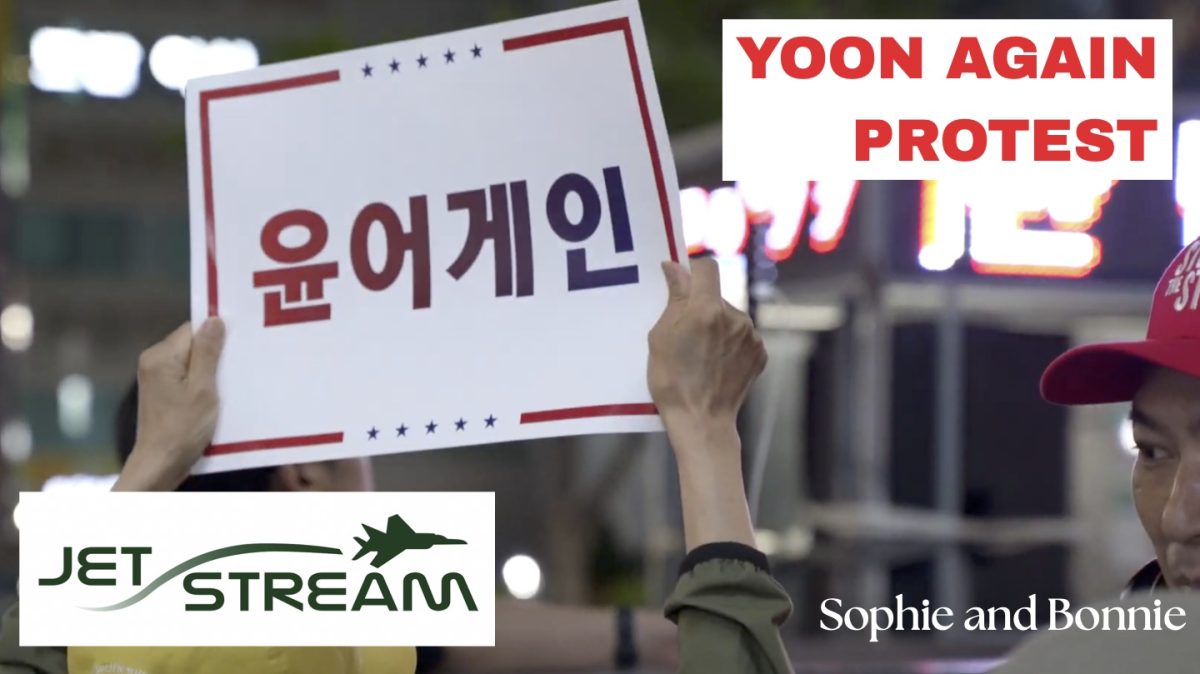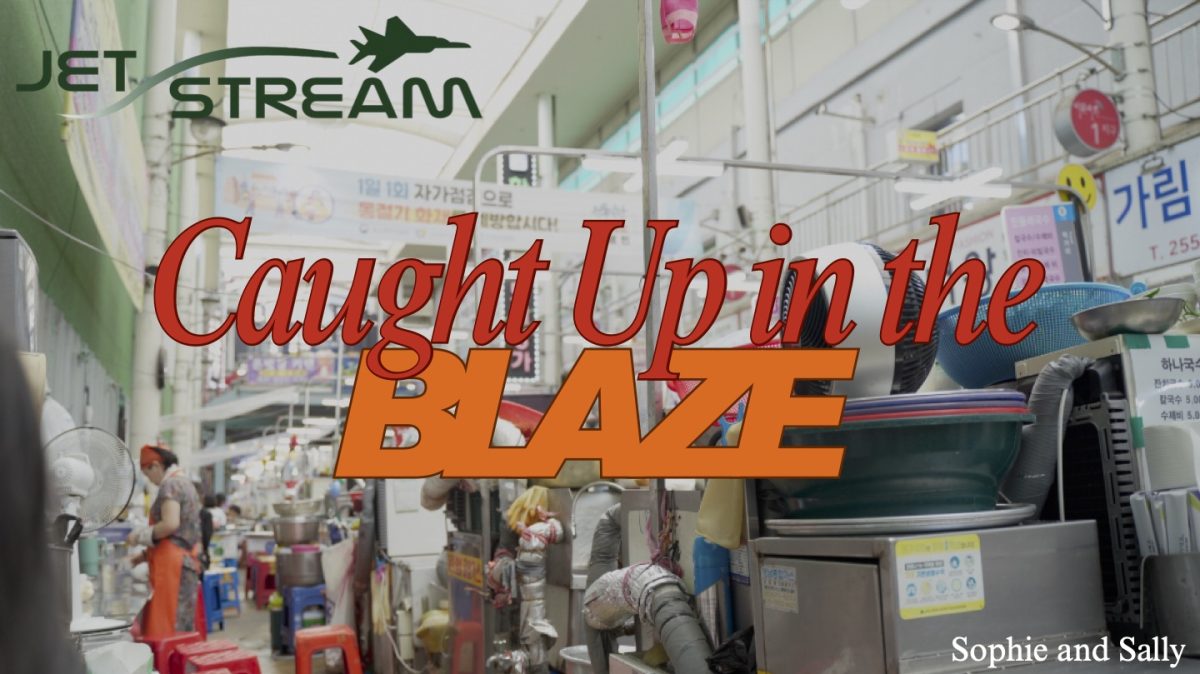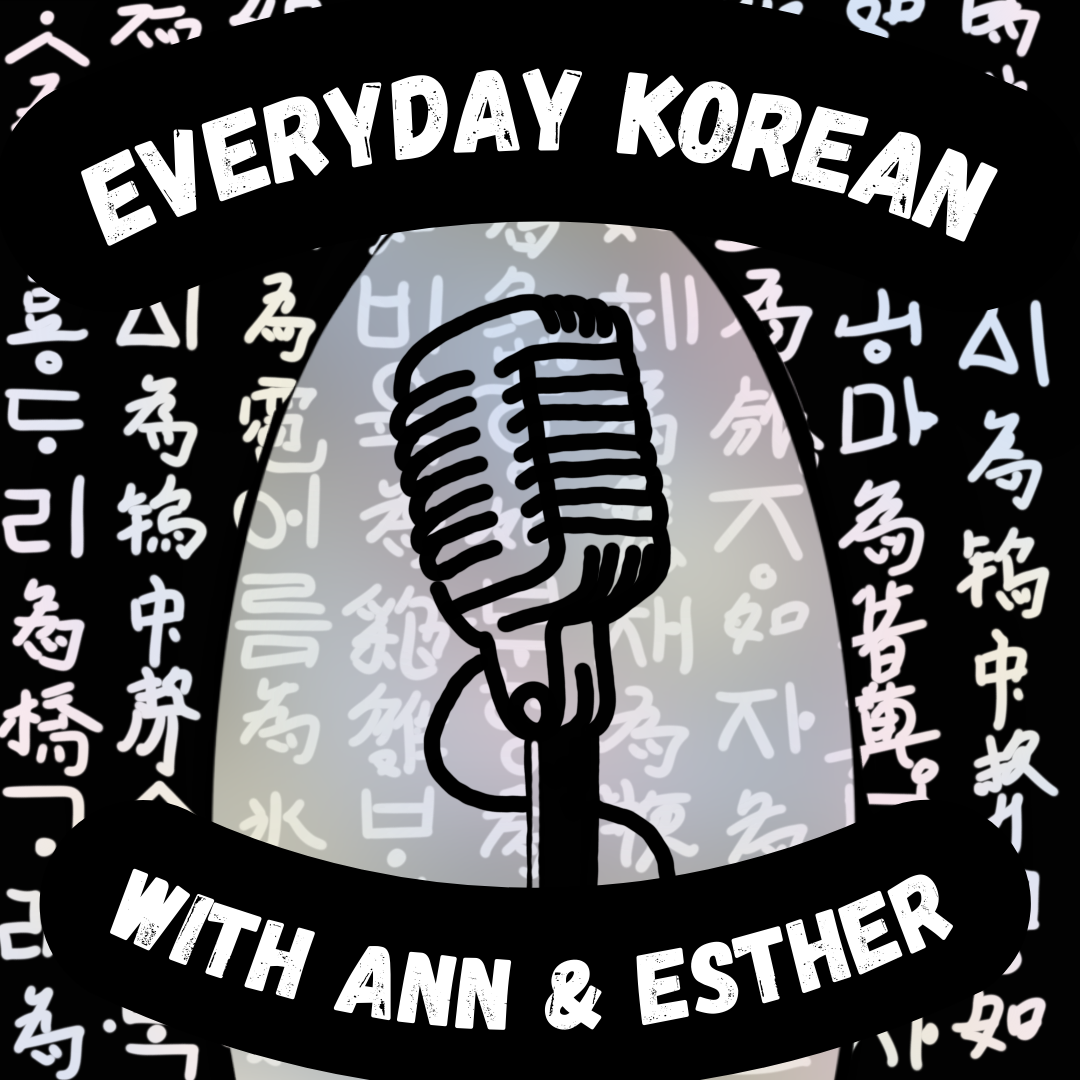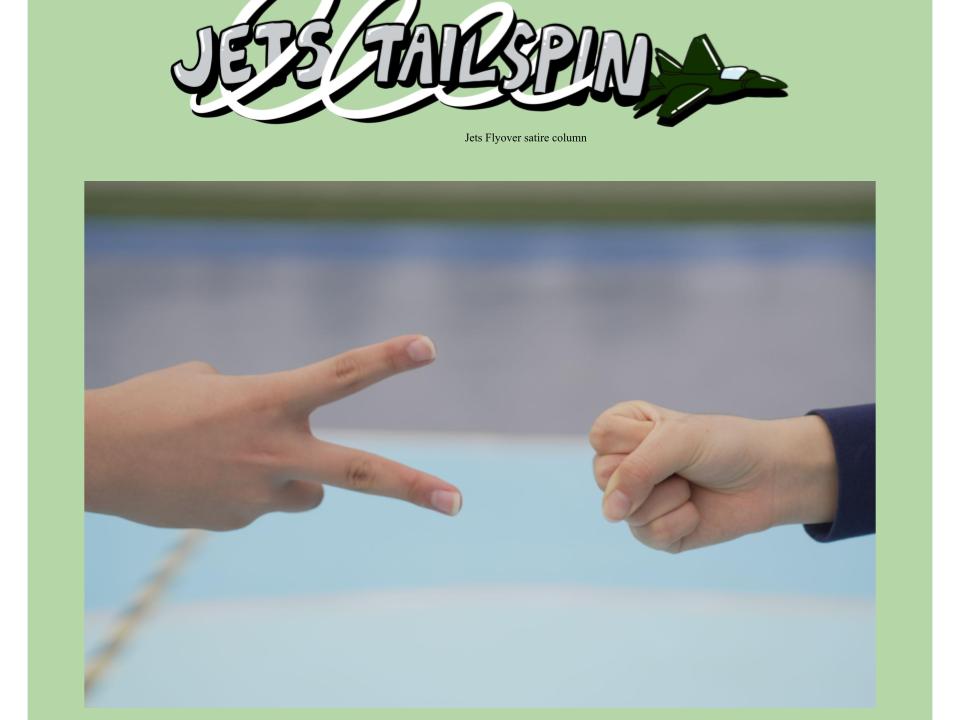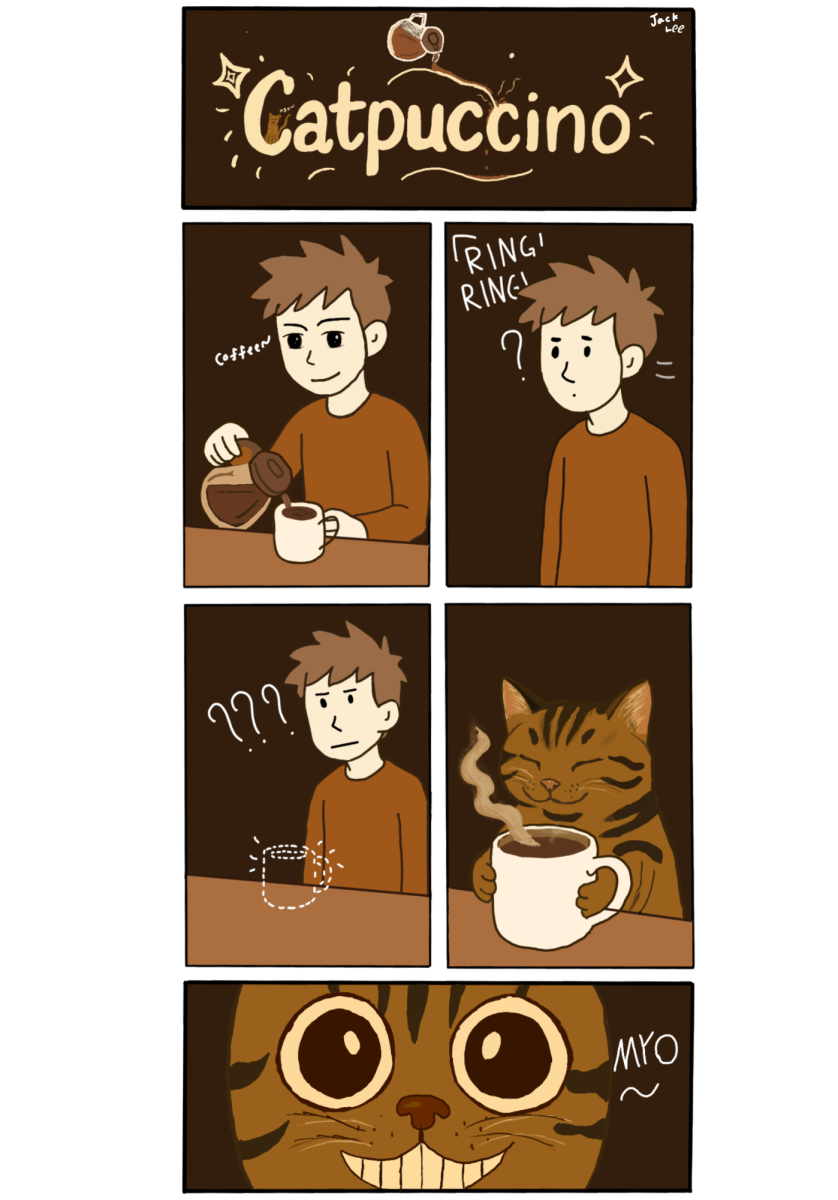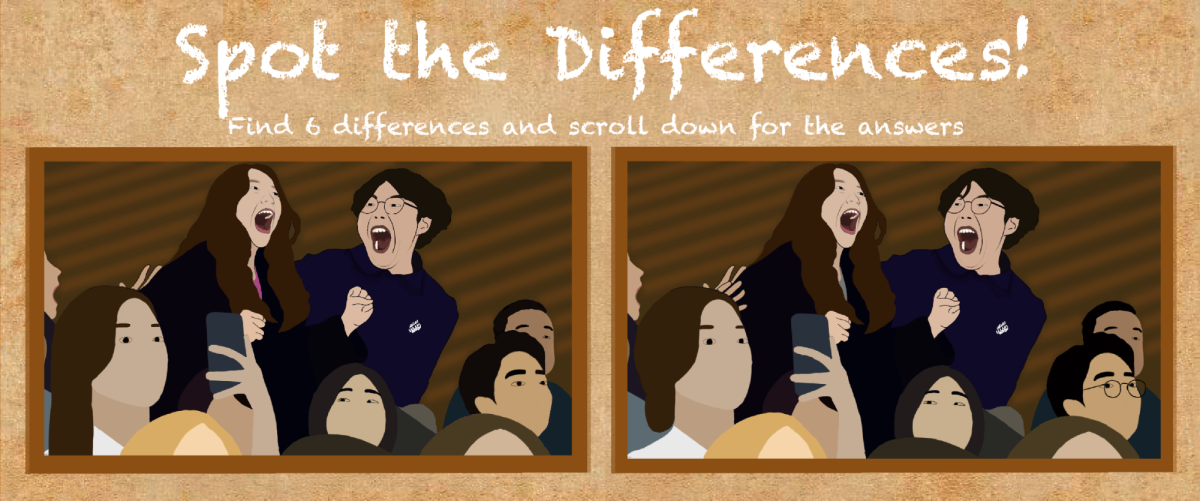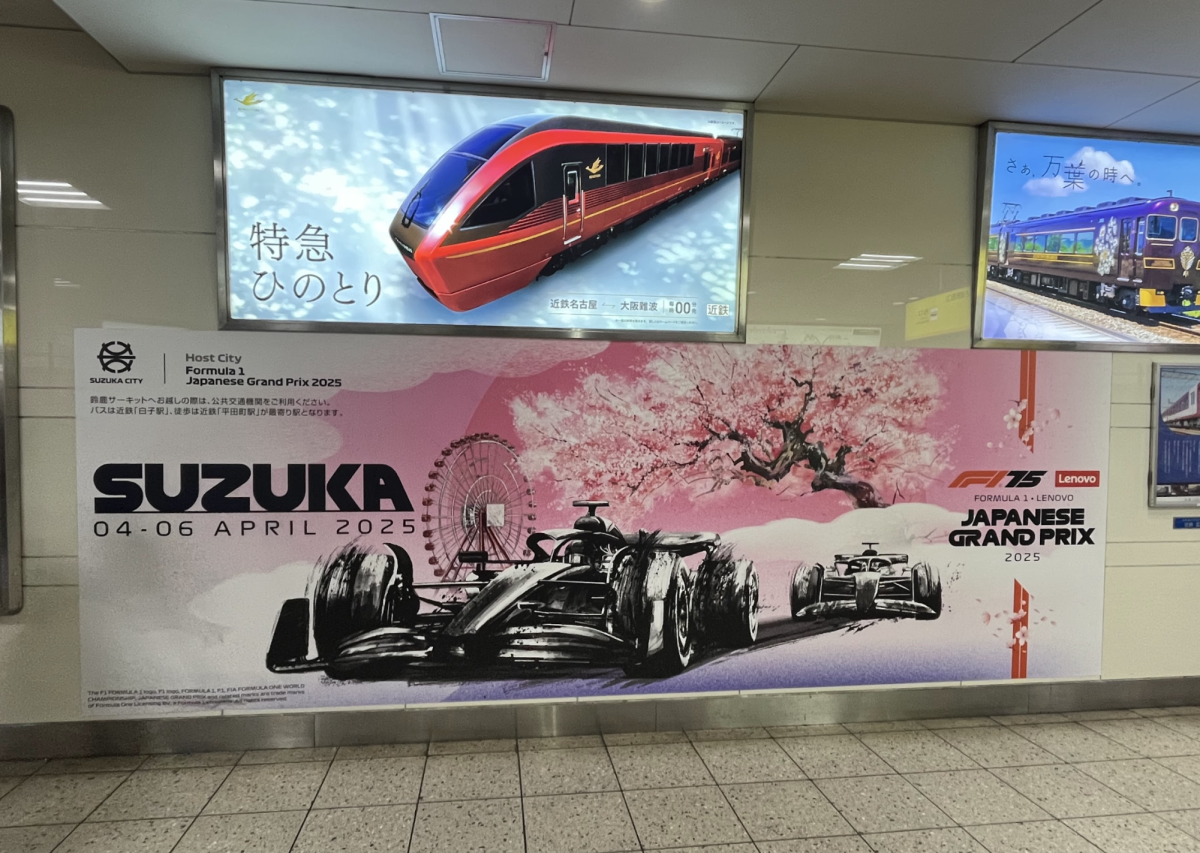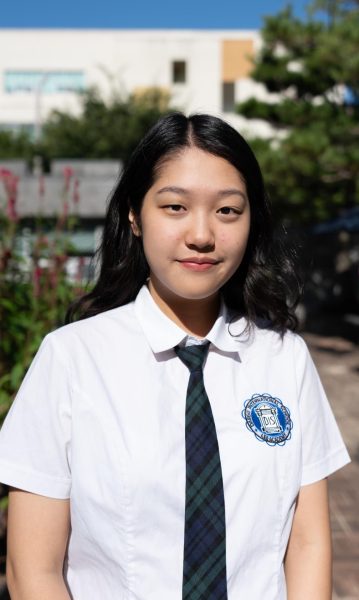After our joint debut article on Jets Flyover that covered Formula 1’s “Silly Season,” Japan’s Suzuka Grand Prix shot to the top of our pre-graduation bucket list. Living in Korea, Japan made perfect sense: affordable, safe, and perfectly aligned with our spring break.
With a successful, fully self-planned trip behind us, here are some must-know tips for future student-travelers.
Pre-Trip Planning Essentials:
In Japan, make IC Cards your best friend. As your own makeshift credit card, they not only work for all public transportation (except Shinkansen and highway buses), but also at convenience stores and restaurants. If this piques your interest, pick one up at nearly any station for a 500 yen refundable deposit.
At an event like F1, where photo-worthy moments never stop, carry a power bank and clear your phone storage. If you own an Apple device, use the “offload apps” feature to save data while freeing space.
If you want to sit with friends and capture the moment with a cute selfie, book reserved seats. Otherwise, if you booked General Admission tickets, make sure to pack a foldable seat cushion. Our “seats” were strips of damp logs on a muddy, steep hillside. With Suzuka’s notorious rain, assume you are not the exception. It rained the night before the race for us and, despite our best efforts, mud found its way onto our backs and cuffs.
Make your Budget:
With ticket prices ranging from 16,000 to 1,100,000 yen, F1 tickets and affordability rarely go hand in hand. Fortunately, Suzuka runs cheaper than races like the Miami Grand Prix and Abu Dhabi’s Yas Marina.
We purchased General Admission tickets with non-reserved seats: student-budget friendly and flexible. It allowed us to move between sections G, J, L, M, N, O. On the other hand, the more expensive counterpart, Grandstand tickets, lock you in a specific section.

We recommend Area M by the Spoon Curve, a slow corner that lets you view the entirety of the F1 cards instead of 0.5-second blurs. Though overtakes rarely happen there, the view makes up for it.
Nonetheless, as a rule of thumb, pick at least two sections, as the view can get repetitive after the qualifying session. We watched Quali in section O, but the race itself in M. Also, sit higher up as fences near the track obstruct the view.
Hotels:
Despite our plan to book three months out, teams and superfans fully reserve hotels near Suzuka. So, we took the layman’s path and stayed in Nagoya and commuted by train.
Be particular when booking in Japan, especially about smoke rooms. The difference in air quality (and clothing stench) matters more than you think, and staff won’t accommodate last-minute changes, especially on a high-traffic weekend.
Scheduling & Trains:
Ancient wisdom holds true: time matters.
As budget travelers, we relied entirely on trains and walking. This meant real-time navigation, quick schedule changes, and a strong understanding of local transit. Google Maps became our MVP, with its reliable suggestions, from specific exits to the correct price of tickets.
Train seats to leave the circuit cannot be reserved, so brace yourself. The labyrinthine layout of Japan’s metro system, combined with a relentless flood of commuters, made navigation nearly impossible for us.
Pro tip: print everything. QR codes can fail and our booklet, including copies of email exchanges, saved us more than once.

The Race:
As we planned our trip from Osaka to Nagoya for Saturday morning, we brazenly skipped Free Practice 3 to dodge the crowd. Unfortunately, fashionably late also meant that we missed out on some elements of the race experience.
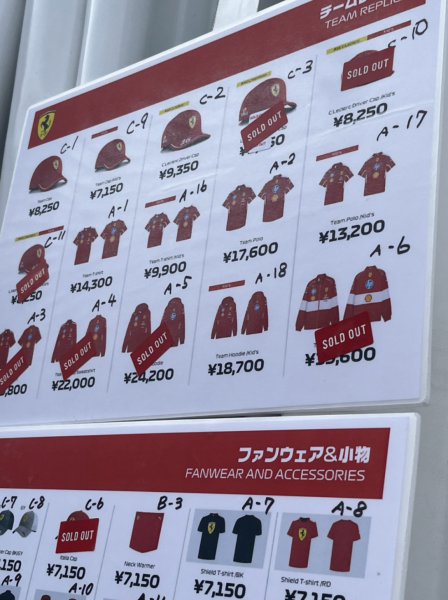
By the time we arrived, the Ferrari tent stood nearly empty, lest the expensive merchandise. Others were marked “sold out,” and we settled for team polos (only available in sizes medium and above). Shops don’t restock during the weekend, so visit on Thursday if you want merchandise.
Also, Ferrari merch falls on the “cheap” side — Red Bull and McLaren items run nearly double.
We preemptively opted to buy food at the circuit — a little “splurge.” Udon prices felt steep, but the convenience won. However, we recommend bringing a water bottle (or reuse a plastic bottle) — use refill stations around the venue — and pack light snacks for the race.
Crowds
Over 10,000 people on average attend each race. Expect chaos, accept your fate, and press on. For example, staff members stuff attendees tightly into a train for max capacity. Those left behind have no choice but to wait for the next train.
Post-race, the crowd multiplied tenfold. We waited from 17:00 to 19:05, feet planted on the ground. It got dark, cold and uncomfortable by the minute. Neither the race goers nor we expected this outcome.
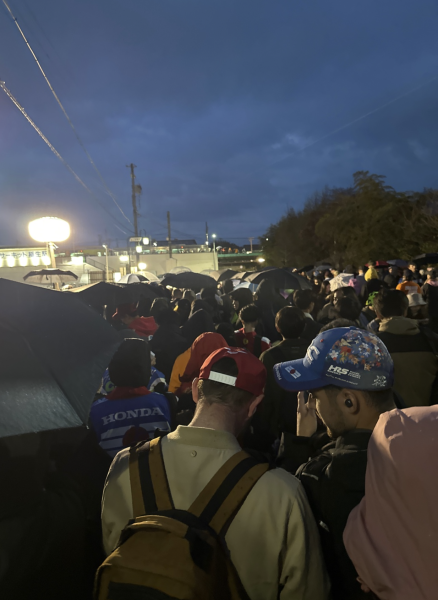
Ultimately, stay ahead of the crowd and don’t be afraid to push a little (or a lot). Manners dissolve fast when people get tired. We snagged decent train seats only because we “overtook” slower walkers during the three hours of queuing.
A whirlwind of fast cars, schedules and memory-making, this trip ticked “Formula 1 race” off our bucket list. The trip only proved our compatibility as we came out of the trip with no arguments, lots of giggles and galleries filled with photos. A worthy finale to our high school years and the start of independent travels, Suzuka hopefully marks the first of many Grand Prix we visit together.

